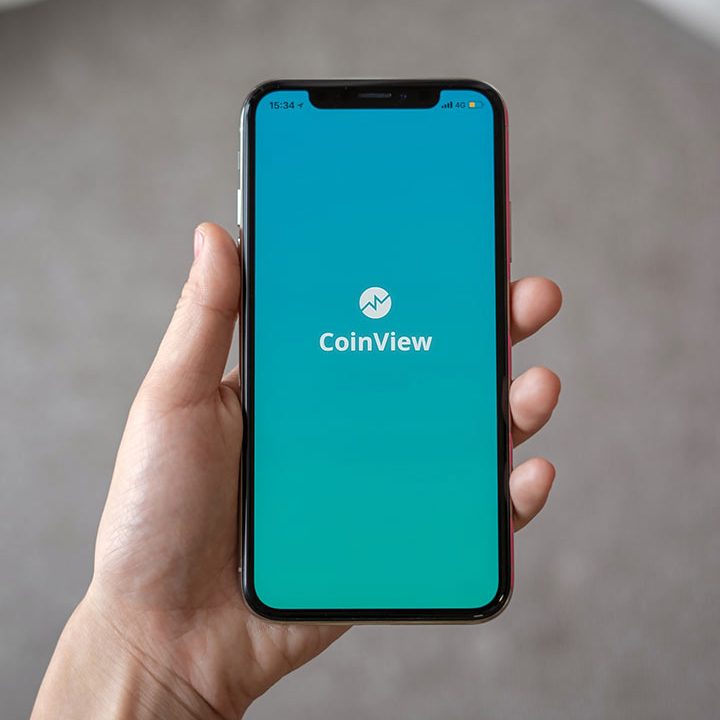What Linear’s $1.25B Valuation Teaches Us About Streamlined Dev Workflows?
Linear’s jump to unicorn status with a $1.25 billion valuation crowned by an $82 million Series C led by Accel, signals a powerful market craving for simplicity over feature bloat. In an era where teams juggle countless integrations, Linear’s rise underscores how lightweight software development tools can fuel growth, how streamlined dev workflows drive efficiency, and why minimalist project management software is more than a trend. Let’s unpack the story behind Linear’s success and explore actionable takeaways for your own stack.
The Linear Phenomenon: From Startup to Unicorn:
Linear launched as a remote-first development tools project, engineered for distributed engineering teams. From day one, the founders prioritized clarity: a single inbox for issues, fast navigation, and keyboard-driven actions. On June 5, 2025, Linear announced its $82 M Series C led by Accel—catapulting its valuation to $1.25 billion (Reuters)¹.
- Brief history: Built as a remote-first development tools solution, with fast onboarding via intuitive defaults.
- Funding milestone: $82 M Series C led by Accel, valuing Linear at $1.25 B².
- Key metrics: 280% profit growth; 15,000+ customers (including OpenAI, Scale AI, Perplexity).
- Ecosystem impact: Teams increasingly rely on remote-first development tools that embed async workflows.
Also Read: Zig vs. C: Why Developers Are Exploring Zig for Safer Performance
Core Principles of Streamlined Dev Workflows:
Linear’s design philosophy revolves around four pillars, each reinforcing streamlined dev workflows and showcasing why so many turn to developer productivity platforms built on these ideas:
- Focused Feature Set: The “triage inbox” centralizes bugs and feature requests, embodying bug triage best practices without multiple dashboards.
- Sprint-First Design: Built-in cycle management enforces regular cadences, reducing planning friction and keeping teams aligned.
- AI as a Teammate: AI collaboration in dev workflows lets generative agents suggest titles, assign priorities, and automate labels—lightening routine overhead.
- User-Centered UX: Minimal clicks, rich keyboard shortcuts, and real-time updates keep attention on code, not configuration. This ethos mirrors minimalist project management software, where every click serves a purpose.
For a deeper dive into how AI is reshaping dev workflows, see How AI Is Becoming a Co-Pilot, Not Just a Tool?.
Also Read: What is DeFi (Decentralized Finance) and Why Should You Care?
What Teams Gain from Simplification?
Adopting these principles offers concrete advantages:
- New hires learn one intuitive interface, not dozens of modules.
- Data-driven backlog management cuts down context-switching and decision fatigue.
- Following bug triage best practices ensures fewer slip-throughs and quicker resolution cycles.
- Product, design, and engineering share a common language, improving handoffs and visibility.
Organizations leveraging top developer productivity platforms built around these ideas report higher engineer satisfaction and lower churn.
Translating Linear’s Approach to Your Stack:
You don’t need to migrate your entire toolchain at once. Try this roadmap:
- Map out every click, handoff, and notification. Where do teams spend extra milliseconds?
- Are engineers drowning in alerts from heavyweight suites? Pinpoint the pain points.
- Evaluate lightweight software development tools and minimalist project management software—for example, Linear, Shortcut, or LinearB.
- Integrate CI/CD, SLAs, and AI collaboration in dev workflows via bots for auto-labeling or priority setting.
- Deploy small changes, gather feedback, and refine in weekly sprints—embracing a culture of continuous improvement.
To see how automation can smooth out your pipelines, check out Top Tools and Best Practices for Securing Your Code⁴.
The Road Ahead: Evolving Beyond Valuation:
With fresh funding, Linear will deepen enterprise integrations and advanced analytics. Expect richer hooks into code hosts and live dashboards that scale bug triage best practices across large teams. Meanwhile, the broader trend of AI collaboration in dev workflows will accelerate as more developer productivity platforms embed generative agents. Ultimately, the rise of “vibe coding” and stripped-down interfaces shows that companies embracing minimalist project management software and remote-first development tools can outpace even the most entrenched incumbents. The key lesson is clear: prioritizing simplicity pays dividends in productivity, retention, and growth.
Also Read: Subscription vs. In-App Purchases: What Works Best in 2025?
Conclusion:
A lean approach wins. Start by auditing your toolchain, trimming excess features, and piloting lightweight software development tools that align with your needs. Embrace streamlined dev workflows, apply bug triage best practices, and leverage AI collaboration in dev workflows to automate the mundane. Pair these with remote-first development tools and you’ll transform your stack into a high-velocity developer productivity platform ready to scale with you.
FAQs
What makes Linear different from other project-management tools?
Its focus on essential features—like the triage inbox and sprint-first cycles—distinguishes it from bloated suites.
How did Linear reach a $1.25 B valuation so quickly?
By delivering rapid revenue growth (280%) and winning marquee AI clients with its lean, user-centered product.²
What are best practices for bug triage?
Centralize issues in one “inbox,” set clear SLAs, automate labels, and prioritize based on impact and effort.
Can small teams benefit from these workflows?
Absolutely—lean processes and minimalist tools often yield the biggest gains for teams under 20, where communication overhead is still manageable.








